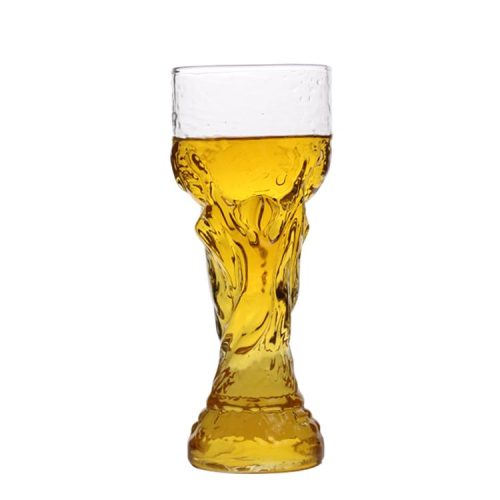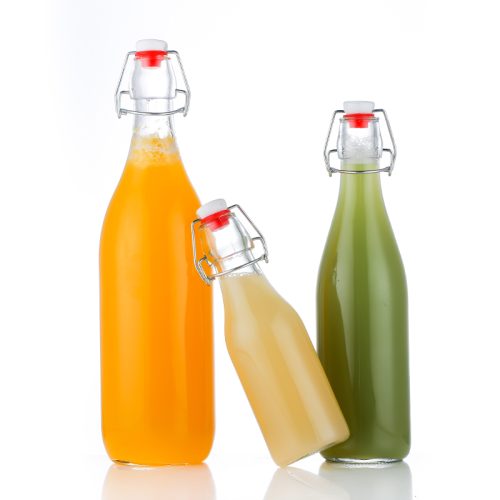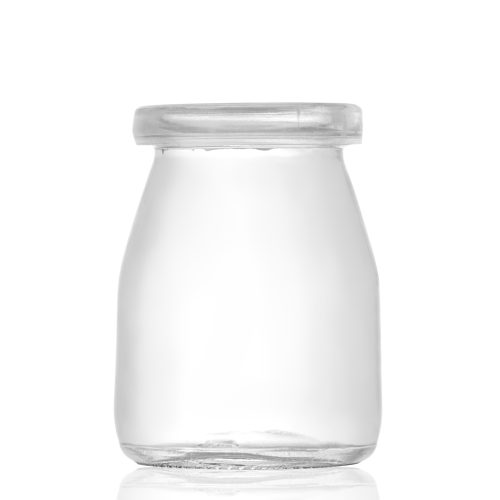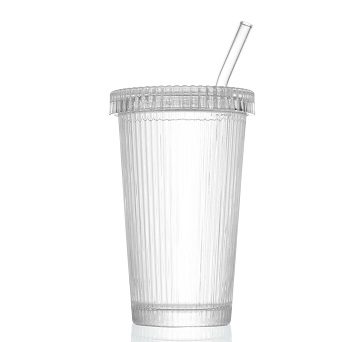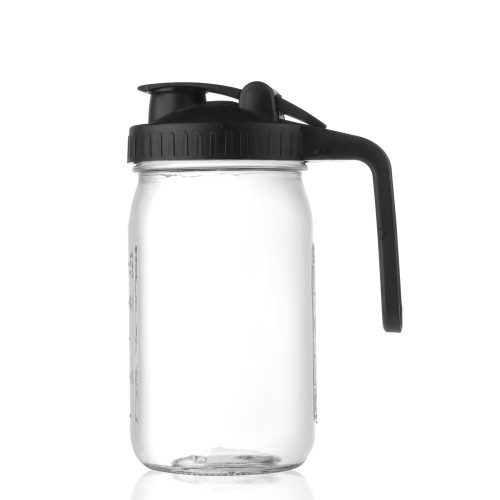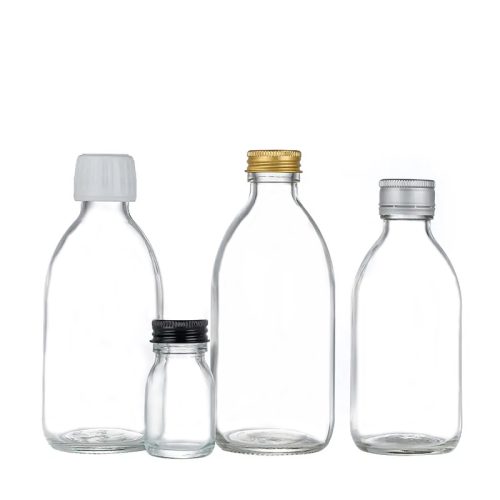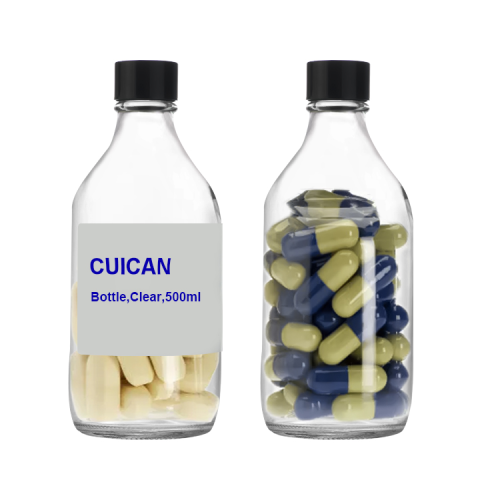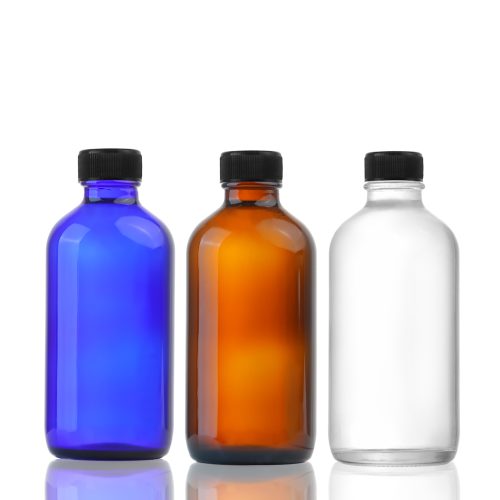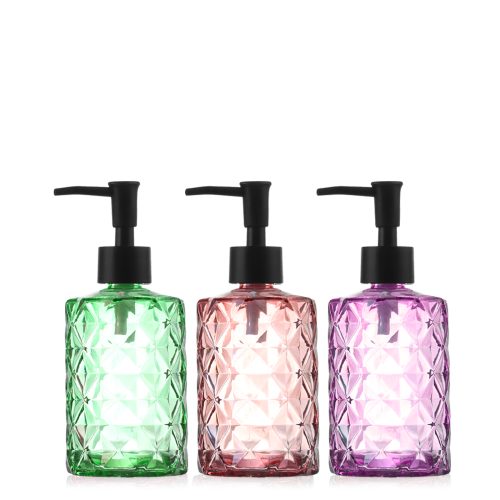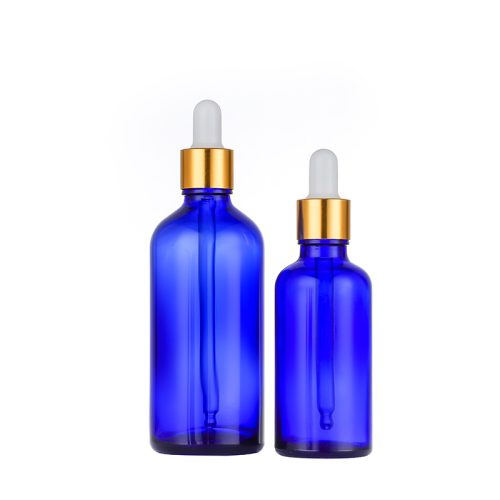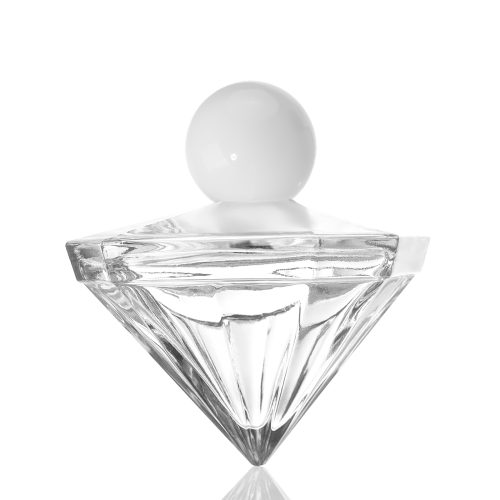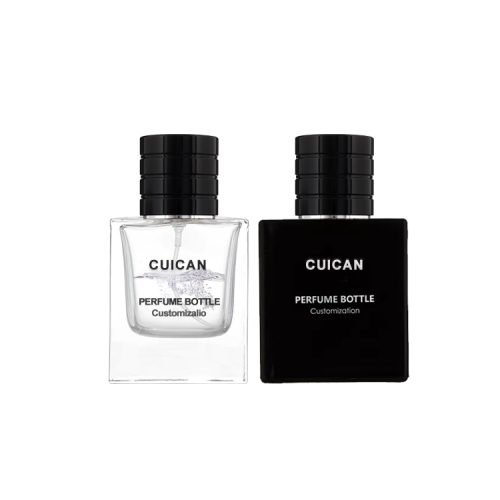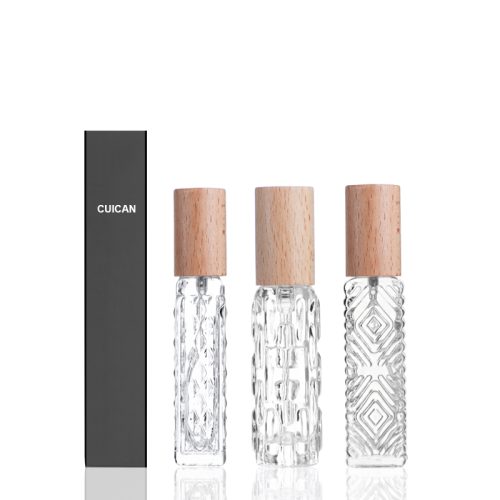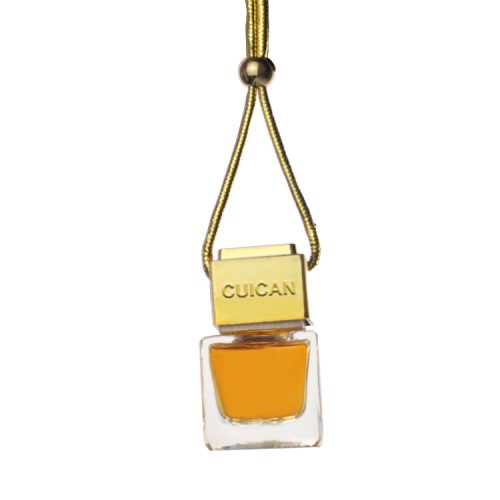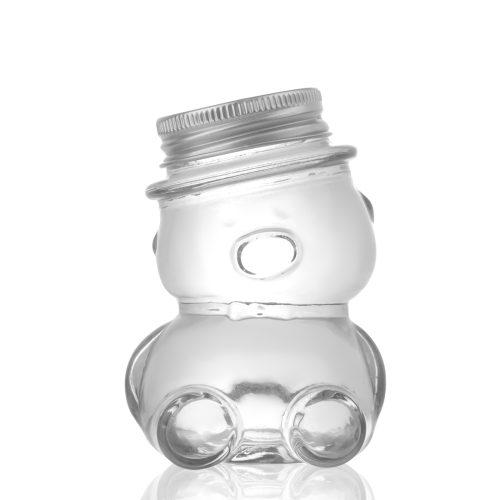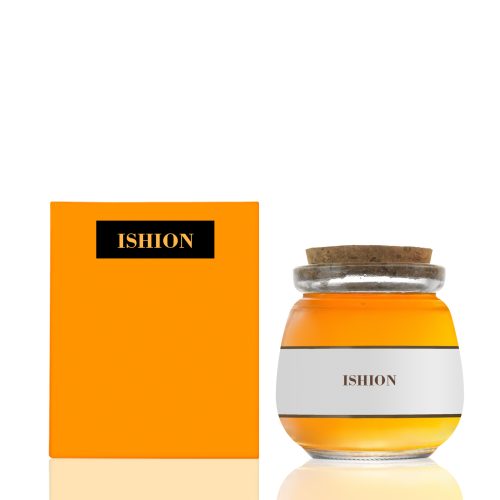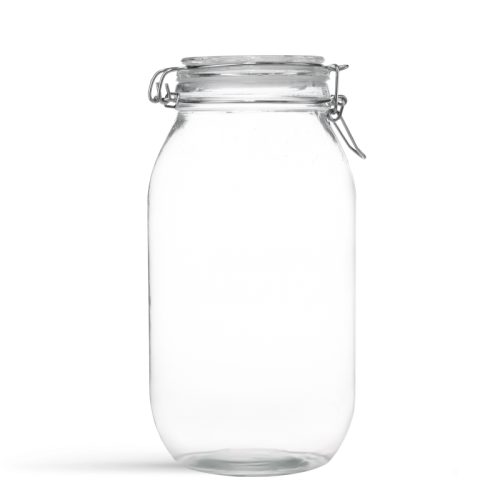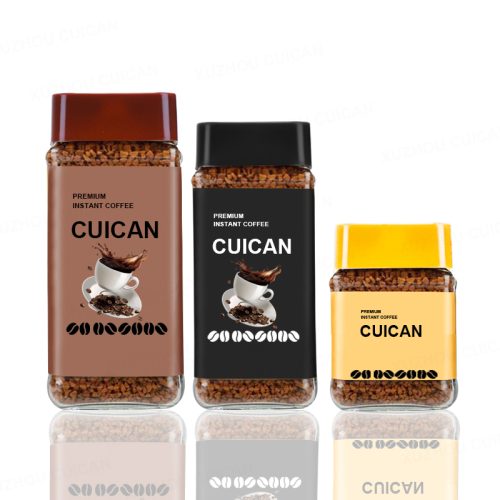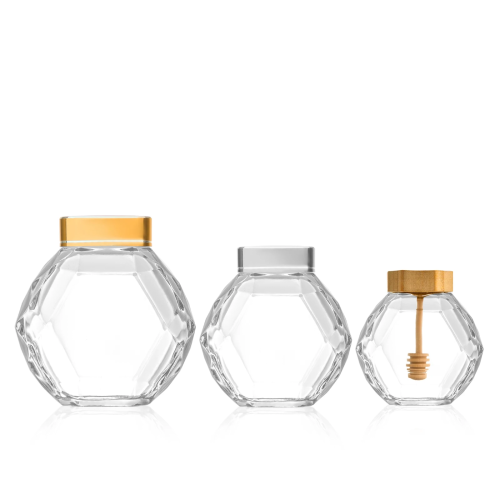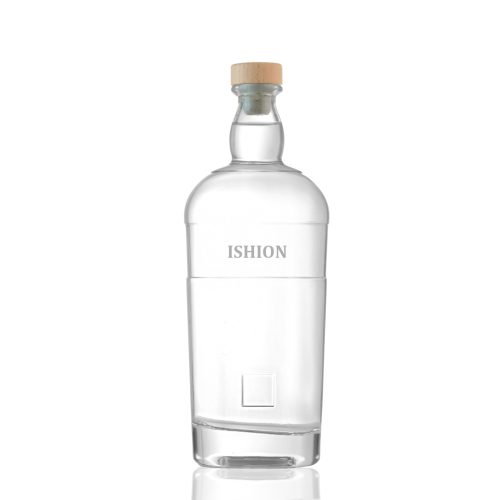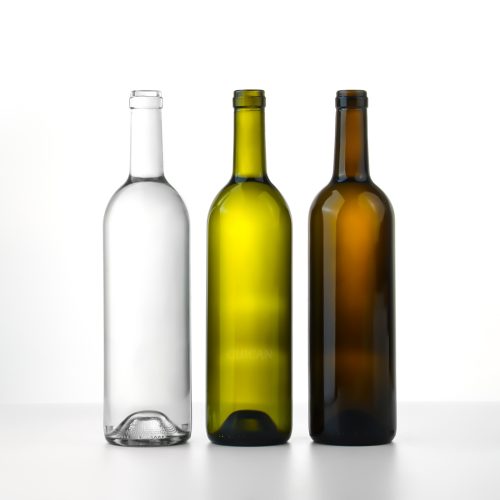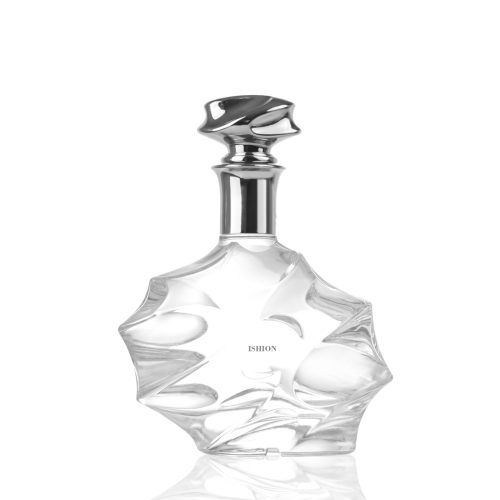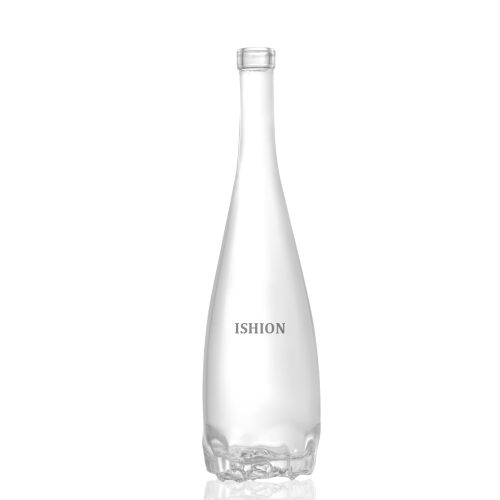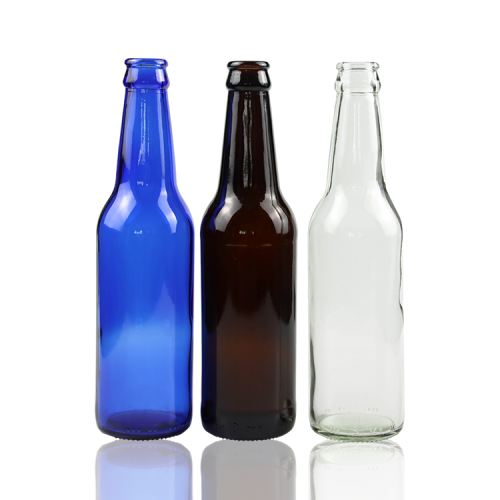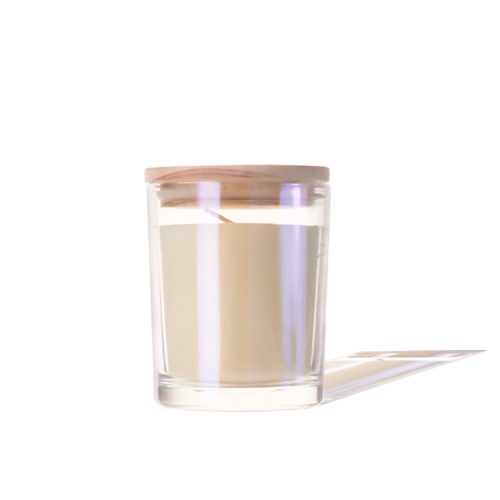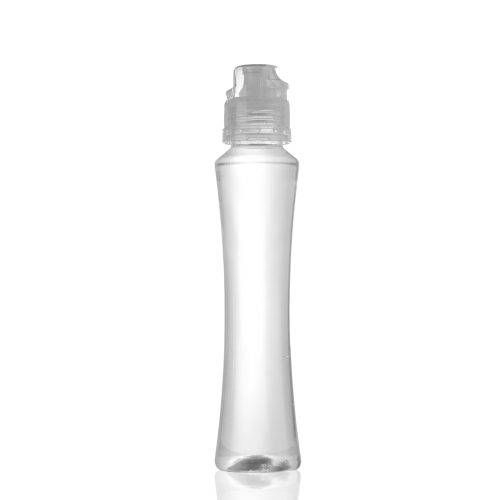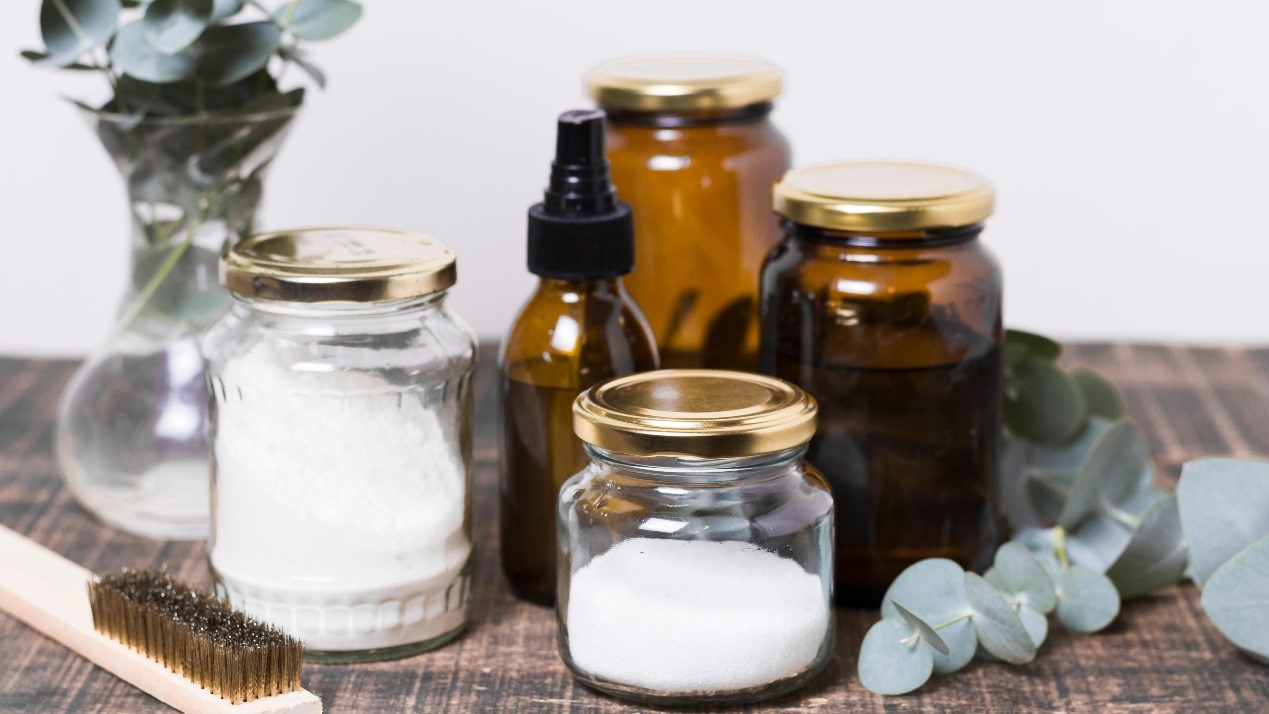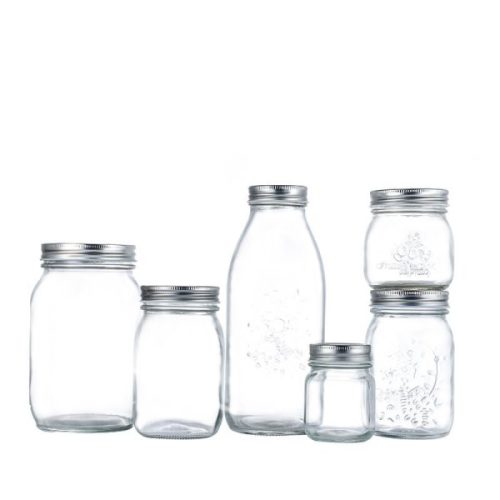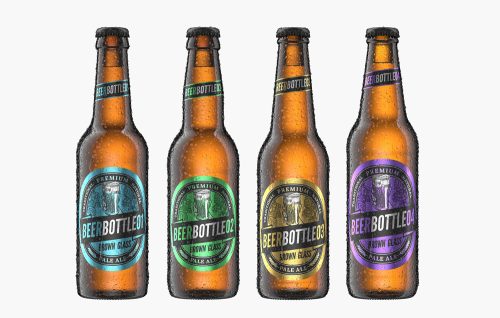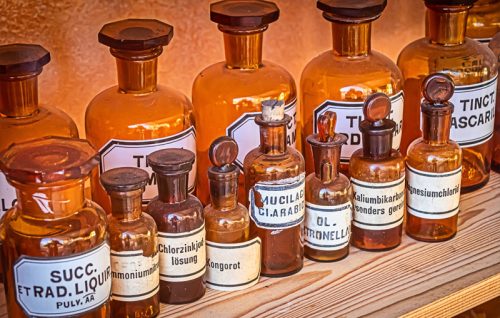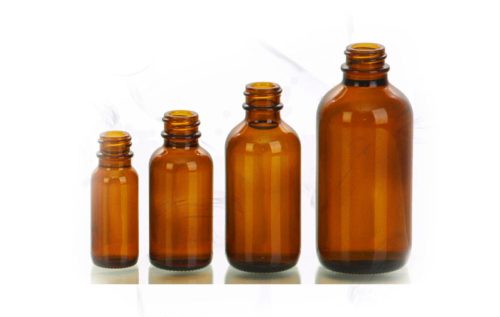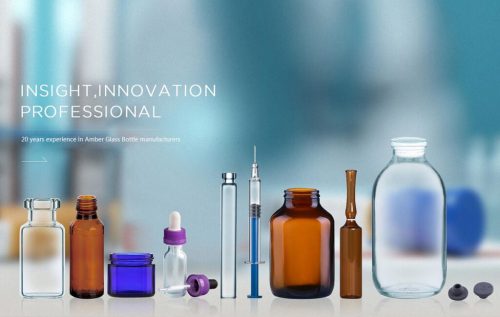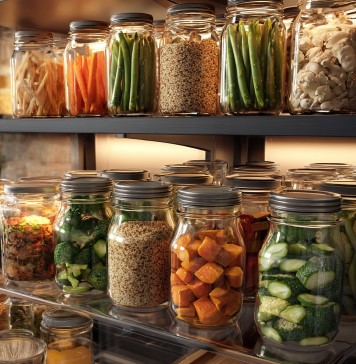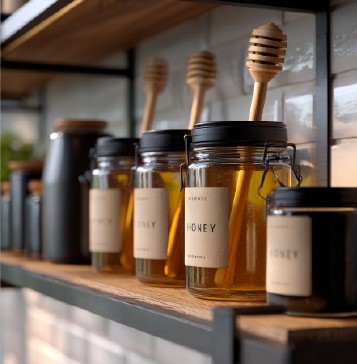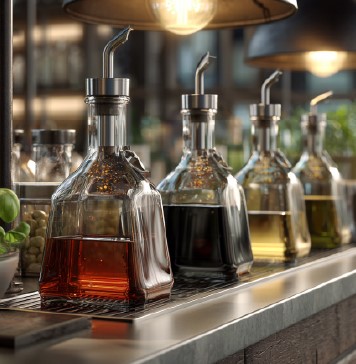-
Arabic
-
English
-
French
-
Malagasy
-
Portuguese
-
Russian
-
Spanish
-
Thai
Medicine glass bottles are more than just containers—they play a crucial role in protecting drug integrity, ensuring safety, and enhancing brand image. For pharmaceutical companies, health brands, and distributors, selecting the right glass bottle can make a significant difference in product quality and market perception.
This guide covers everything you need to know about medicine glass bottles, from types and benefits to selection tips and maintenance practices.
Why Medicine Glass Bottles Are Essential
Protect Drug Quality
Medicine glass bottles provide superior chemical resistance, preventing interaction with medications. They maintain drug stability longer than most plastic alternatives, which is critical for sensitive or long shelf-life products.
Transparency and Visibility
Glass bottles allow clear visibility of the contents, helping consumers or pharmacists monitor dosage levels. Amber or tinted options also protect light-sensitive medications, ensuring their effectiveness.
Eco-Friendly and Recyclable
Glass is 100% recyclable and reusable, aligning with sustainability goals. Choosing glass over plastic can reduce environmental impact and appeal to eco-conscious clients.
Types of Medicine Glass Bottles
Amber Glass Bottles
Amber bottles block harmful UV light, making them ideal for vitamins, antibiotics, and other light-sensitive drugs.
Clear Glass Bottles
Transparent bottles are suitable for liquid medications like cough syrups and eye drops, allowing easy content inspection.
Custom Designs
Custom glass bottles with specific shapes, labels, or printing options help brands stand out. From embossed logos to unique colors, customization enhances brand recognition and market competitiveness.
How to Choose the Right Medicine Glass Bottles
Consider Medication Type and Storage Needs
Select bottle types based on drug composition and storage requirements. Some medications require airtight sealing, while others need light protection.
Choose the Correct Size and Cap Design
Bottle volume and closure type affect usability and dosing accuracy. Child-resistant caps or droppers can improve safety and convenience.
Leverage Customization Options
Brands can differentiate through custom glass colors, embossed logos, or printed labels. Customization can reinforce brand identity and attract new customers.

Tips for Using and Maintaining Medicine Glass Bottles
Cleaning and Disinfection
Use mild detergents and soft brushes to clean glass bottles. Avoid strong acids or alkalis to prevent damage, and sanitize bottles regularly to maintain hygiene.
Proper Storage Practices
Store glass bottles in a cool, dry place away from direct sunlight. Keep light-sensitive medications in amber bottles to prevent degradation.
Avoid Common Mistakes
Never mix different medications in the same bottle, and always label bottles clearly. Follow manufacturer guidelines for reuse and recycling to maintain quality and compliance.
Conclusion
Choosing the right medicine glass bottles is crucial for drug safety, brand recognition, and environmental responsibility. By understanding different types, benefits, and selection criteria, businesses can make informed decisions that enhance product quality and market appeal.
Investing in quality medicine glass bottles not only protects your products but also builds trust with consumers and partners. Use this guide to evaluate options, leverage customization, and maintain best practices for safe and effective pharmaceutical packaging.









